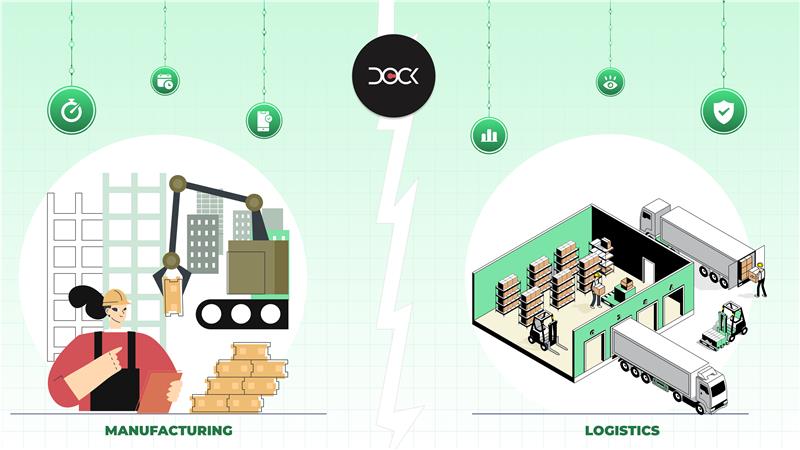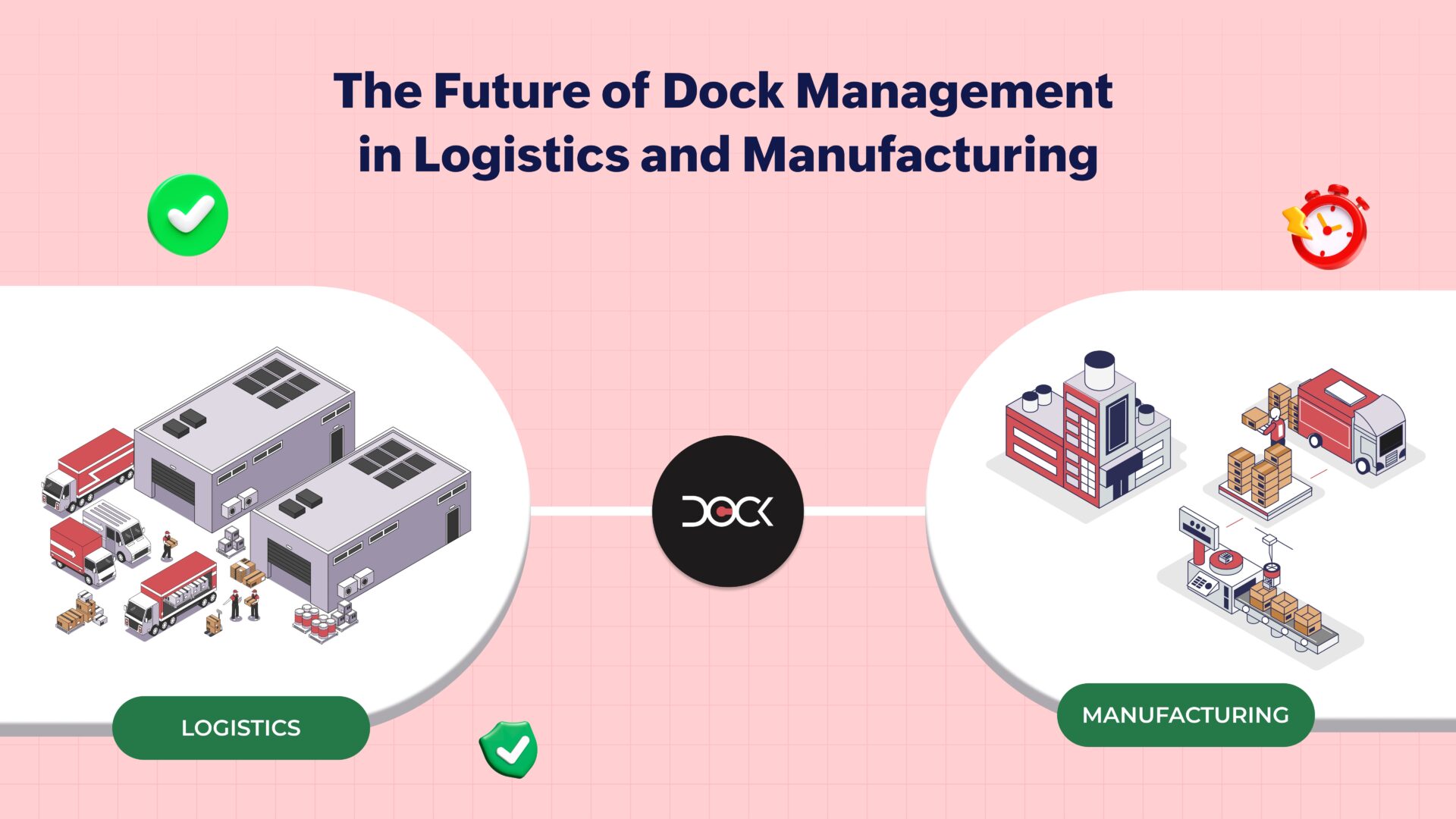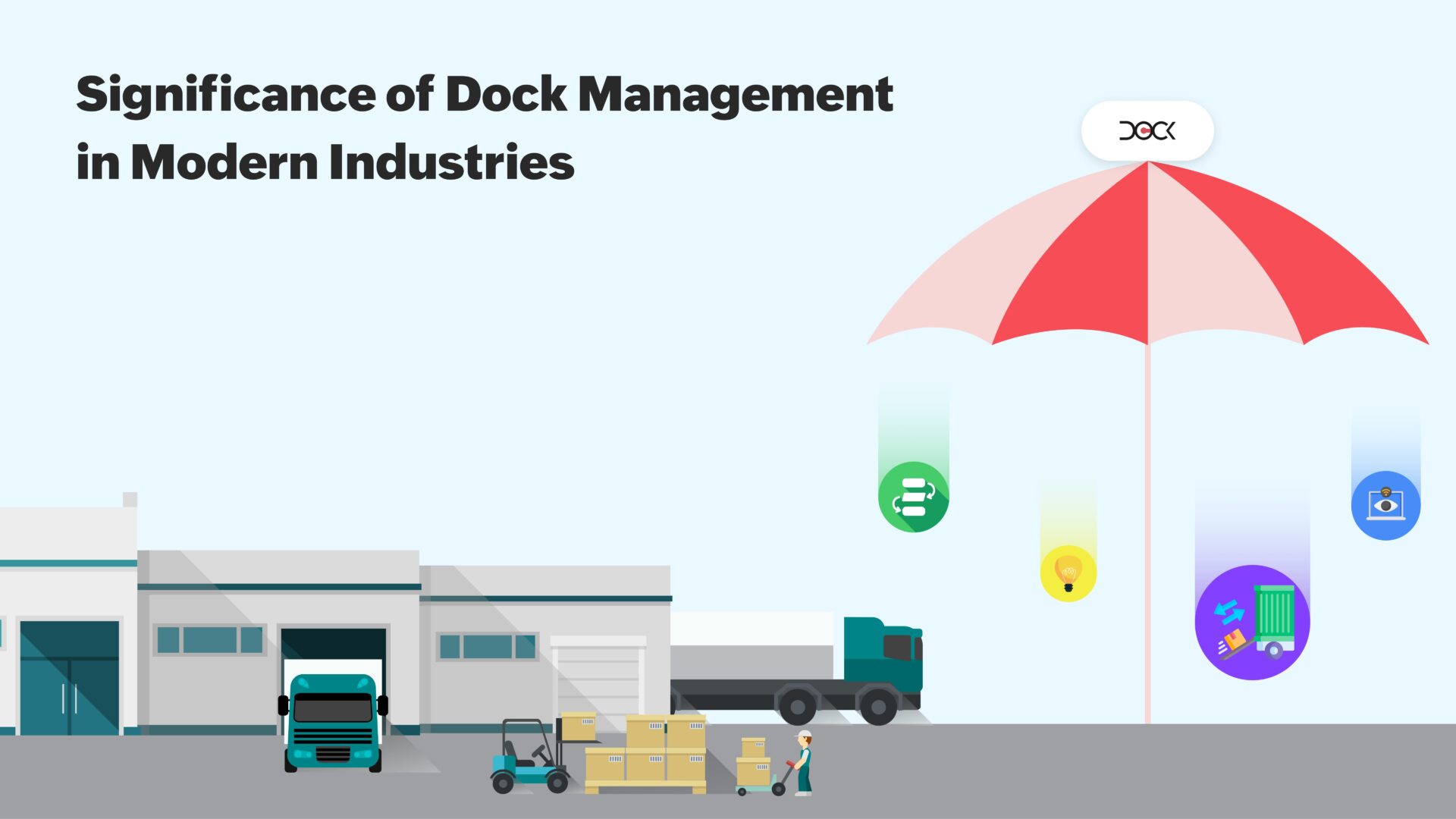Introduction
Dock management is essential to the efficient movement of commodities in the hectic world of production and logistics. The techniques and technologies used to support these processes change along with the industry. Advances in automation, real-time data analytics, IoT-enabled devices, and integrated systems are shaping the future of dock management with the goals of increasing productivity, cutting expenses, and eliminating human error.
How Dock Management Used to Be
Dock management was mostly done by hand prior to the development of digital technologies. Paper logs, in-person check-ins, and manual scheduling were the main methods of operation. Inconsistent or delayed communication between management, drivers, and warehouse employees resulted in:
- Longer wait times for vehicles and crowded ports.
- Human mistake in lot allocation and scheduling.
- Real-time tracking of shipments and dock availability is difficult.
- Increased operating expenses as a result of inefficiency and idle periods
About Mawalog’s Dock Management System
The Dock Management System from Mawalog is made to get beyond these conventional obstacles. It ensures accuracy and efficiency by streamlining loading and unloading processes at docking stations. With the system’s real-time view into dock operations, management can keep an eye on developments, spot delays, and take proactive measures to resolve any potential problems.
The system allows employees to concentrate on more strategic responsibilities by automating repetitive processes like scheduling, gate check-ins, and lot allocation. Additionally, it facilitates improved communication between drivers, logistics managers, and warehouse employees, guaranteeing smooth coordination across the supply chain.

Key Features of Mawalog’s Dock Management System
1. Instantaneous Dock Viewing: Dashboards and visual status markers give teams the most recent data on dock activity and availability, enabling them to react swiftly to any bottlenecks.2. Automated Scheduling: Automated scheduling of appointments and vehicle check-ins minimizes errors and avoids traffic during peak hours.
3. Mobile Accessibility: Using mobile devices, teams can keep an eye on lot usage, loading/unloading operations, and dock schedules from any location, offering flexibility and operational control.
4. Data-Driven Insights: For ongoing process improvement, analytics and reporting systems monitor important performance indicators, spot patterns, and assist in decision-making.
5. Predictive Dock Management: The technology helps managers plan operations proactively by using AI and machine learning to forecast peak times, anticipated delays, and ideal workforce levels.
6. Enhanced Safety and Compliance: Automated workflows minimize workplace accidents in the dock area and assist maintain compliance with safety rules by reducing human error.
Conclusion
Using technology to make operations safer, smarter, and more effective is the way of the future for dock management. Modern solutions like Mawalog offer real-time visibility, automation, predictive insights, and smooth supply chain integration in contrast to manual systems. For any details or questions, please email us at info@mawalog.com



